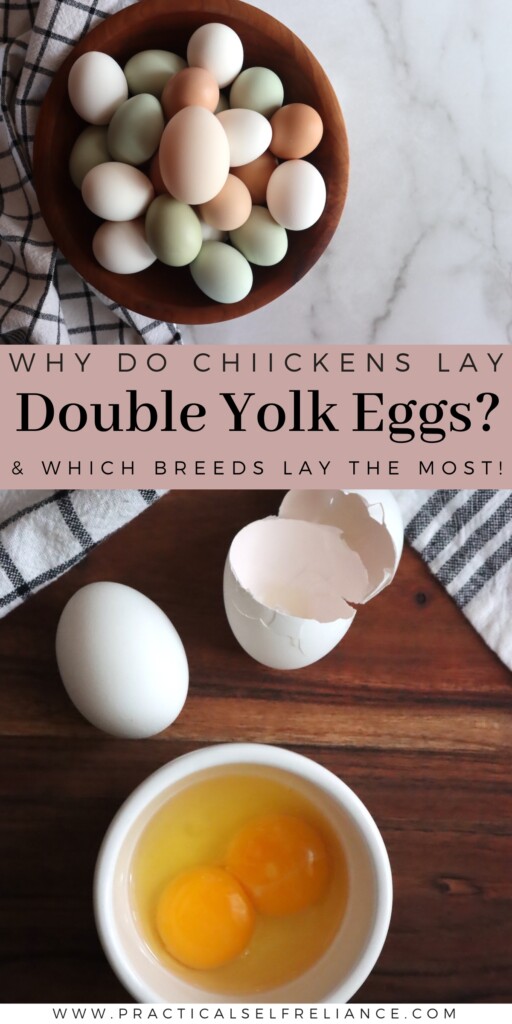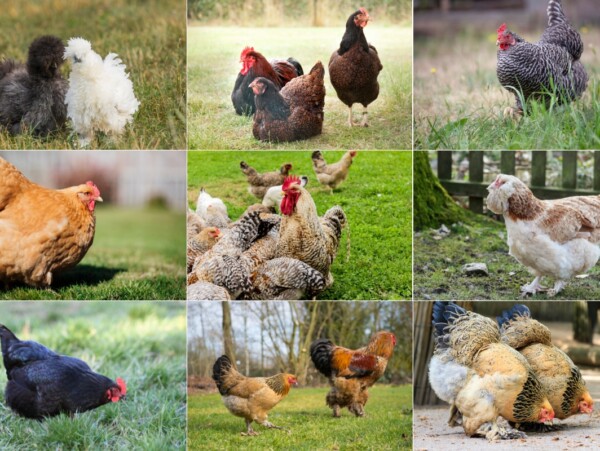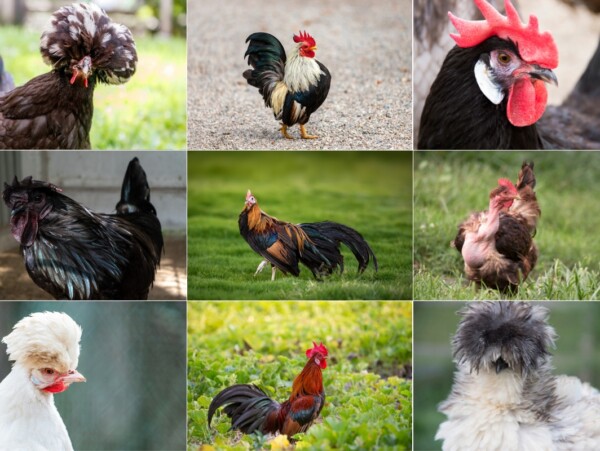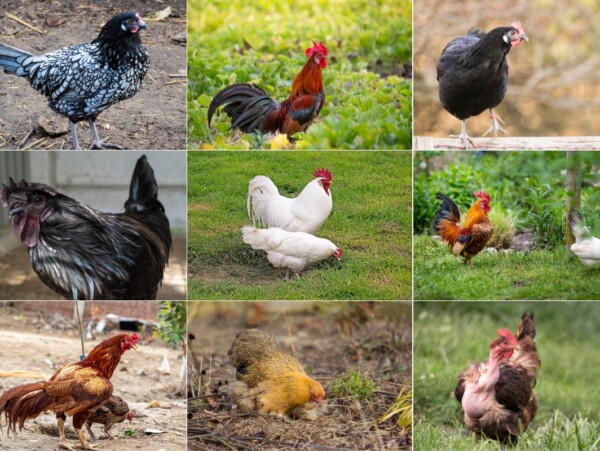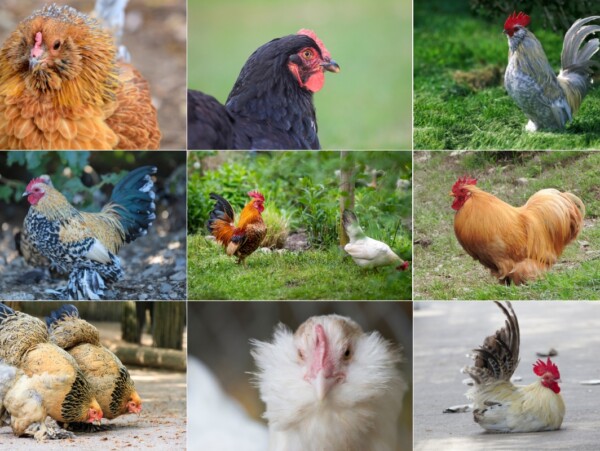Affiliate disclosure: This post may contain affiliate links. Please see our Privacy Policy.
Crack open a double yolk egg and it feels like you’ve won a tiny breakfast lottery. If you’ve ever been surprised by two yolks in a single shell, you’re not alone—and you’re likely wondering what causes double yolk eggs, how rare they really are, and whether they’re safe to eat.
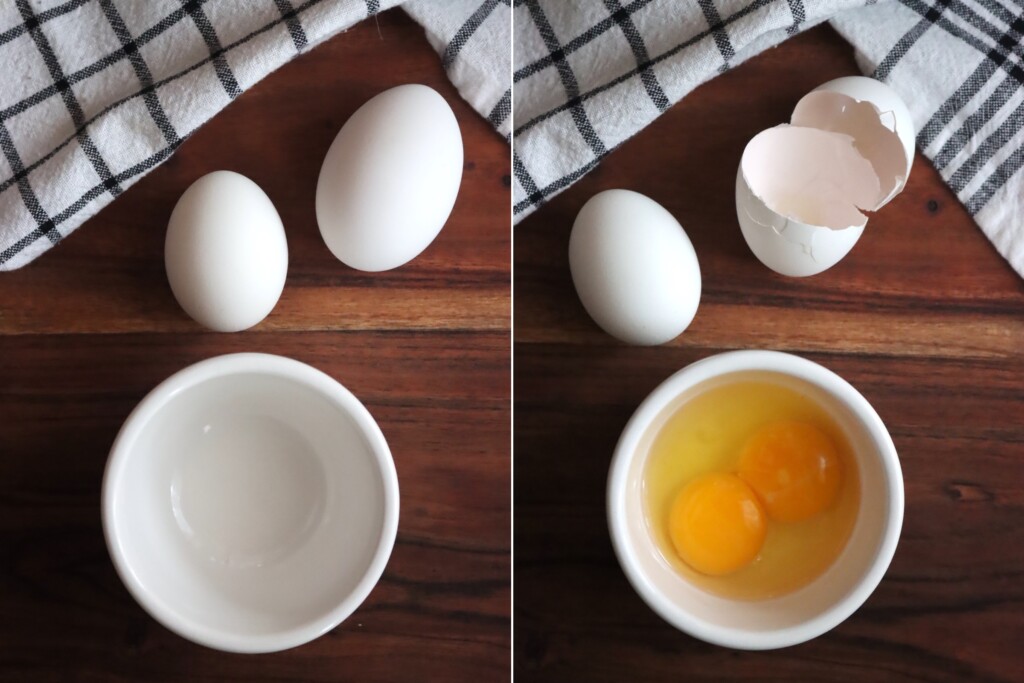
One of the best things about raising chickens on the homestead—especially with little kids—is how even the everyday stuff can feel magical. Every morning is a mini treasure hunt, and when your kids pull out a giant egg that looks just a bit too big to be normal, their eyes light up. “It’s a double yolk, I just know it!”
And honestly, half the fun is in the guessing. Sometimes they’re right, sometimes not—but either way, it’s always exciting.
Double yolk eggs are just one of those fun surprises that pop up when you’ve got a backyard flock. They’re weird and wonderful and make for great little science lessons. You get to talk about how eggs form, why some are different, and why nature doesn’t always follow the rules.
It turns out, those oddball eggs are a great way to get kids curious, engaged, and a little more connected to where their food comes from.
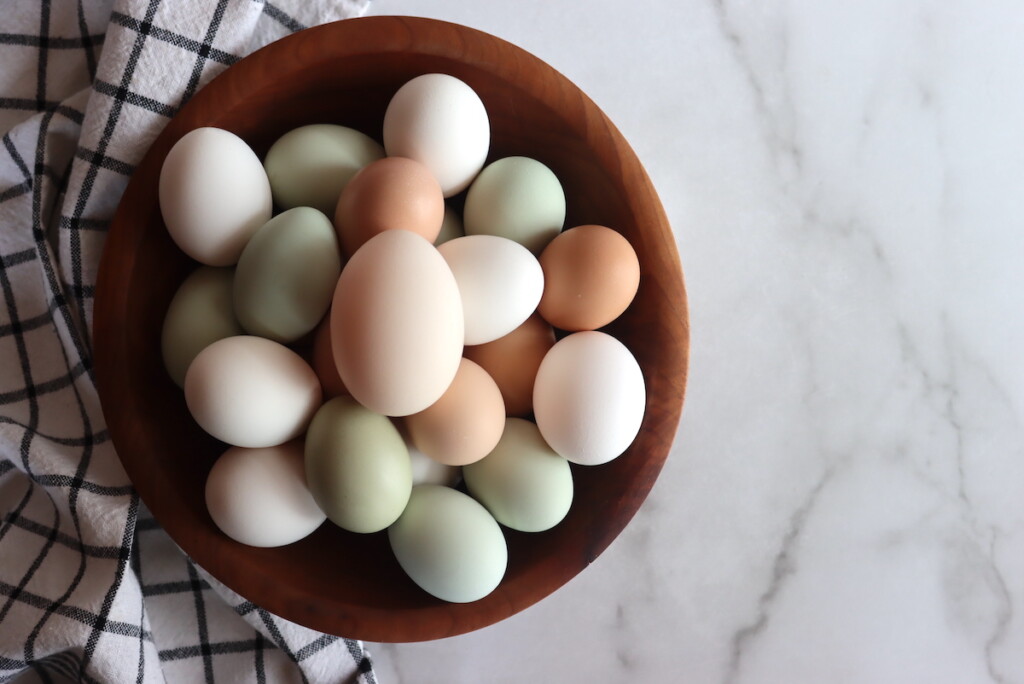
What Exactly Is a Double Yolk Egg?
Just like it sounds, a double yolk egg is one shell with two yolks inside. It happens when a hen’s body releases two yolks really close together, and instead of making two separate eggs, it wraps them both up in one shell. You’ll usually know you’ve got one as soon as you crack it—there’s no mistaking that second golden yolk staring back at you.
Sometimes you can spot them just by size. They’re often noticeably larger or shaped a little funny. We’ve seen some eggs that were so big you just knew they were hiding something extra.
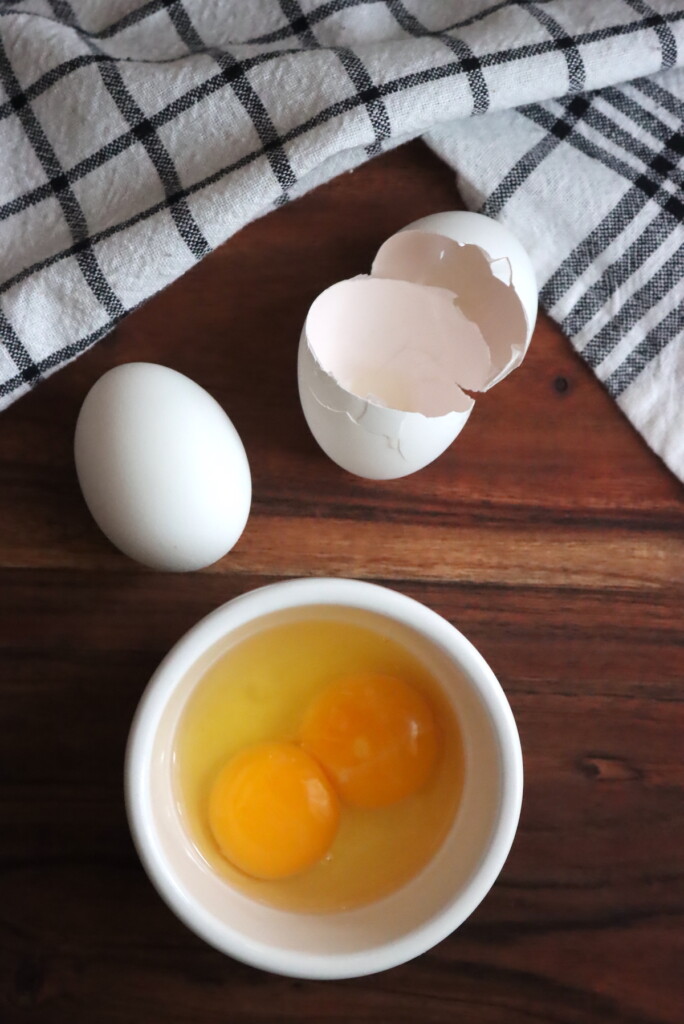
Why Do Double Yolks Happen?
They’re most common in young hens who are just getting started with laying. Their systems are still figuring things out, so every now and then you’ll get an egg that doesn’t follow the usual rules. Occasionally, older hens will lay them too, especially if their cycles are a bit irregular.
Certain breeds are more prone to it—especially hybrid layers bred to pump out lots of eggs. And some hens are just overachievers. If you’re consistently getting jumbo eggs from one bird, you might have a regular double yolker in the flock.
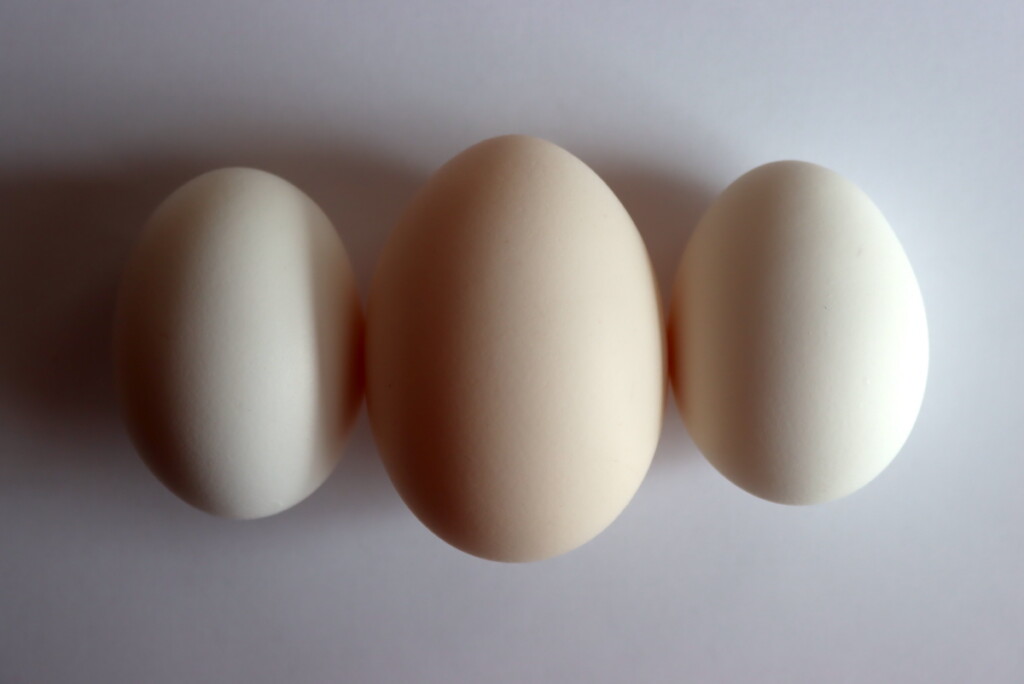
How Rare Are Double Yolk Eggs?
If you’re buying supermarket eggs, double yolks are pretty rare—about 1 in 1,000. But if you’re raising your own birds, especially young ones, the odds are way better. Some people get a whole run of them when their pullets first start laying.
On our homestead, we’ll get them in clusters—maybe a few in a week, then none for months. It’s just one of those things that keeps egg collecting interesting.
Which Breeds Lay the Most Double Yolks?
While age definitely plays a role—young pullets are the most frequent double yolk culprits—we’ve noticed that breed matters too. In our mixed flock, the heavy-bodied birds like our Buff Orpingtons tend to lay double yolks way more often than the lighter breeds. We’ve pulled plenty of double yolkers from those big golden hens, especially when they’re just starting out.
On the flip side, our Ameraucanas (who lay those beautiful blue eggs) have never given us a double yolker—not once. Since they lay such distinctively colored eggs, we can tell exactly who’s laying what, and it’s clear they just don’t do it. They’re more petite birds with a slower production rhythm, which probably plays a role.
In general, the bigger the bird and the more prolific the layer, the more likely you are to get a double yolk. Breeds like ISA Browns, Black Stars, and Golden Comets—often bred for high production—are also known for laying them regularly.
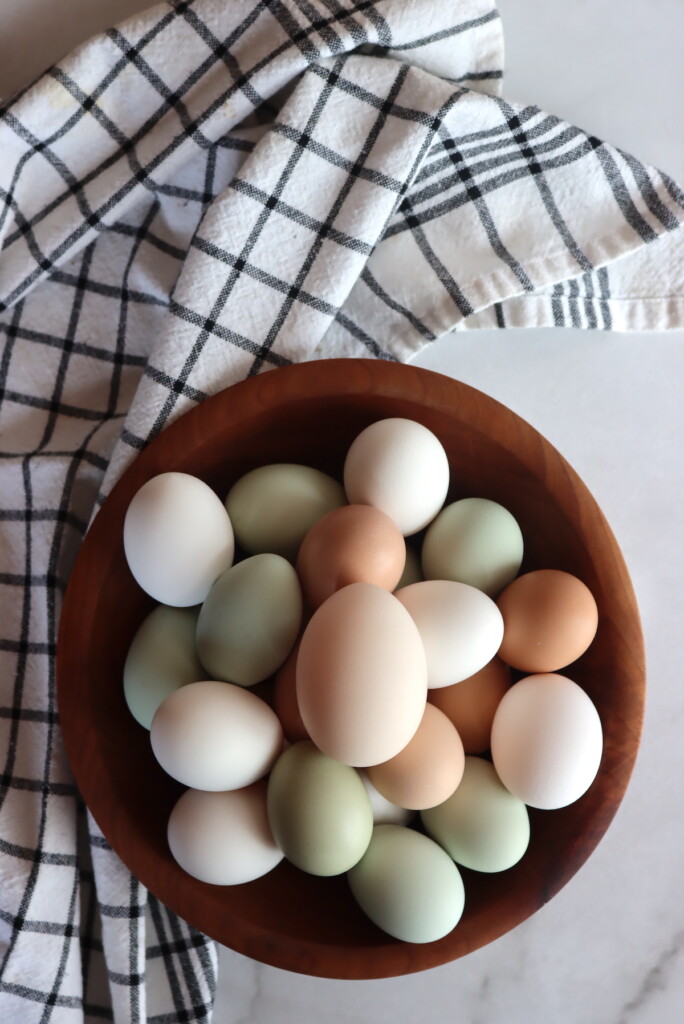
Are Double Yolk Eggs Safe to Eat?
Yep, totally safe. They taste the same as regular eggs, just with a bit more richness from that extra yolk. You get a little bonus protein and fat, but otherwise they’re just as good in the frying pan or baked into a batch of muffins.
The only time they might throw you off is in baking, where precise egg measurements matter. But for most everyday cooking, double yolks are just a happy surprise.
It’s Not Just Chickens
Here’s the fun part—double yolks aren’t just a chicken thing. You can get them in duck and goose eggs too. We’ve had a few double yolk goose eggs here, and they are massive. Like, hold-it-in-your-hand-and-stare kind of massive. You can usually tell something’s up just by the weight of them next to a regular goose egg.
They’re a bit less common in waterfowl since ducks and geese lay fewer eggs overall, but they definitely happen. And when they do, they’re showstoppers—especially if you’re cracking one into a skillet for breakfast.
Our Chinese Goose lays about 100 eggs a year, a good bit more than either our Toulouse geese or our heavy bodied Emden geese. She’s prone to laying double yolkers, simply because she’s putting out more eggs than the average goose. (Below is a quick video of my kids cracking one of our double yolk goose eggs.)
Double yolk eggs are a fun, harmless surprise that reflects the natural quirks of a hen’s reproductive cycle.
Whether you’re cracking open a chicken egg from your backyard coop or discovering a jumbo double yolk goose egg at breakfast, it’s a reminder of how wonderfully unpredictable nature can be.
